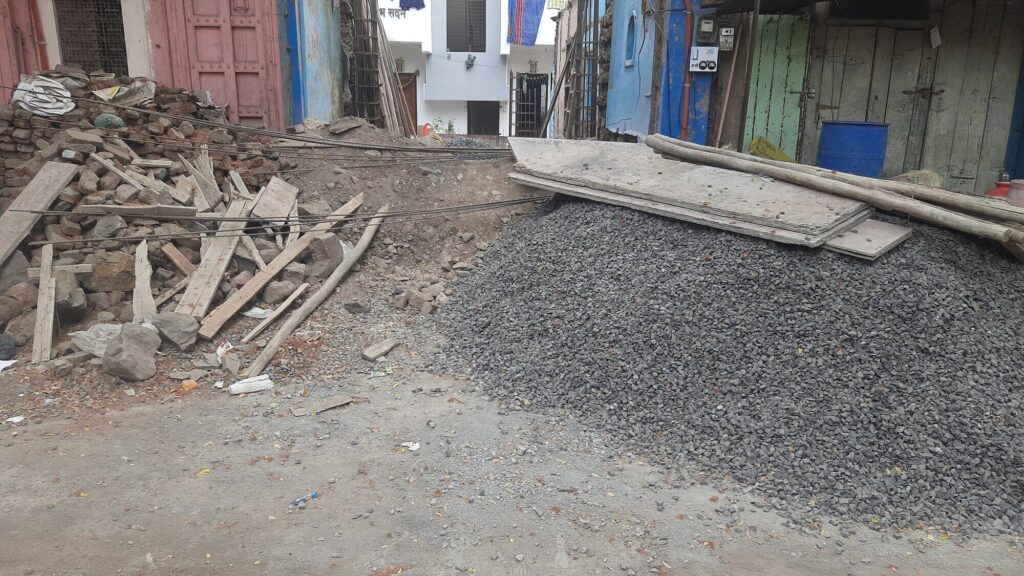Building projects call for a number of raw and natural substances, such as wood products, limestone, the building sand, clay as well as metals. They are manufactured by mining in a way which can affect biodiversity.
Bamboo can grow up to one meter a day and is a great eco-friendly material for floors and ceilings. Cork also is a sustainable product, is repurposed into Acoustic wall and ceiling panels instead of being burned and being disposed of in landfills.

Sustainable Construction Practices
The concepts of sustainable construction are the principles that in the planning and implementation of any building project to preserve the natural environment. This includes using construction materials that have low embodied power, using biodegradable or recycled components in the construction process and using environmentally friendly design techniques.
Some examples of green building materials include wood, hemp concrete, bamboo, hemp and cork. The materials are renewable naturally and are produced using renewable resources. They’re also green that require minimal or no chemical treatment. They can also be utilized in insulation, and also to regulate the humidity.
Green construction can be facilitated by the use of materials with lower embodied energy and by adopting environmentally-friendly production processes, such as direct reduced iron for steel or carbon capture for cement. An effective procurement plan can be employed to implement this approach, in which suppliers are selected based on standards and guidelines that encourage sustainable development. It is also possible to set targets to determine the quantity of recycled and repurposed products to be utilized when building.
Environmentally friendly Building Materials
Building materials that are eco-friendly focus on using natural, renewable or recycled products that reduce pollution and also the use of energy and other resources in construction. These include products that require minimum processing and can be sourced locally to limit the need for transportation and emissions. Examples of eco-friendly building materials include bamboo, industrial hemp, straw bales, recycled glass, reclaimed wood and rammed earth.
Hemp concrete is one instance of a construction material that’s created by mixing hemp fibers as well as lime. It’s breathable and regulates the level of humidity. Additionally, it is sturdy and robust. Carbon negative refers to the fact that there contains more carbon dioxide during its manufacturing than the amount is released during its use.
Recycled Steel is another green construction material. It can be used as a roofing, framing and countertops, in addition to flooring. Another common material is stone that is naturally occurring material which requires minimal processing. The cork bark that is harvested from cork oaks can be used as a natural wall insulation and floors.
Environmental Conservation in Construction
Many large construction firms are starting to implement environmentally friendly practices and products in their projects. It’s an effective way to reduce the environmental impact and preserve resources at building sites.
Additionally, it is essential to conserve energy during the construction process. Making use of renewable energy, and using technological advances can decrease the carbon footprint of your construction project.
The production of certain products for construction can have a negative impact on biodiversity. Extracting raw xi mang trang materials like gravel, wood, sand and iron ore can cause habitat damage and isolation of species.
Concrete, one of the least environmentally friendly construction materials, poses a significant issue. However, recycled plastics and reclaimed timber offer eco-friendly alternative options. It’s easily accessible and reduces the amount of forest destruction. It’s also light so it is easy to move around, and it has high tensile strength to last.
Advantages of Green Materials
Green materials allows people to focus on sustainable practices in every aspect of their life. They emit fewer greenhouse gases when they are used for construction, operations and disposal. Insulation and windows that use natural fibers or recycled steel can be great options to cut down on energy usage in a building and lower your costs for utilities while also reducing carbon the amount of carbon dioxide released.
Sustainable materials are sourced through renewable, rather than nonrenewable resources. This helps to avoid forest destruction. They also tend to have lower embodied carbon footprints. This implies that they take in more carbon dioxide than they release in their lifetime. Some green materials utilize biomimetic processes to mimic nature-inspired properties, such as mycelium, which is made of tiny strands of fungi that grow into a strong and durable material.
Planned projects should encourage the production of green materials by showing their dedication to sustainable practices and encouraging industrial ecosystems to be innovative. Making sure that the supply chain is robust in evaluation and quality control can aid in the successful implementation of environmentally friendly initiatives. Creating a culture of continuous education can lead to technological advancements and cost reductions.